I quite enjoyed using ChatGPT as a game simulator! While I think that not having any graphics (other than ASCII art) limits how immersive ChatGPT’s simulations can be, I still believe they can be great tools (and also very fun)! I think simulators like Benjamin Breen’s could be used to enhance lectures and readings in a variety of classes. I have included screenshots of my experience with Benjamin Breen’s simulator.
I have used ChatGPT as a learning tool! Whenever I’m practicing Spanish grammar, I ask ChatGPT to generate practice sheets for me. I also use ChatGPT to help me review different programming concepts.
I think ChatGPT can allow students to receive more learning support. In addition to answering student questions, ChatGPT can also help students practice for upcoming tests and assignments by making practice sheets for them.
While ChatGPT can be an inclusive learning tool, it is important to recognize that not everyone can access or benefit from using ChatGPT. The quality of information that ChatGPT provides greatly varies based on the subject material of the prompt and the language it is written in.
Despite being great learning tools, AI tools have raised many ethical concerns. One of them is copyright. Many artists are concerned about DALL-E using their work without their permission.
I found ChatGPT and Datawrapper to be particularly useful! ChatGPT allowed me to play through a variety of simulations while also helping me summarize my learning. Datawrapper allowed me to quickly see the data I provided visualized in many different ways. This allowed me to figure out which visualizations worked and which ones definitely did not! I’ve included a screenshot of a Datawrapper visualization I made.
While I will continue to use ChatGPT to help me reach my learning goals, I will not use it to make any important decisions, especially health decisions. As ChatGPT can easily present false facts as truths, I think it is important not to place too much importance in the answers it gives.
I hope that AI tools will produce less misinformation in a few years’ time. I believe this will have to be accomplished through the development of better safety and misinformation-checking tools.
I think adding animation to the Income Mobility data visualization helps captivate viewers. While the animation helps captivate viewers, I believe that it does make the visualization a bit harder to read at first. I think changing the visualization to being a static visualization would help improve its legibility.
While taking CSC411: Information Visualization, I had the opportunity to learn about data visualization techniques that can be used to misrepresent data. A few of these techniques include uneven spacing between graph ticks, not having percentage values add up to one hundred present, and using similar colors to connect unrelated data.
I also learned about effective data visualization techniques during my time in CSC 411. These techniques encompass using a color palette that aids in distinguishing unrelated data (and connecting related data if desired), clearly labeling crucial attributes, and employing varying font sizes to indicate the importance of information.
When designing a data visualization, it is important to be mindful of the color scheme being used to ensure that individuals with color blindness can still use them. Tools such as the Accessible Color Palette Generator (https://venngage.com/tools/accessible-color-palette-generator) can be used to generate accessible color palettes.
References
OpenAI. (2023). ChatGPT (Version 3.5) [Software]. Retrieved from https://www.chatgpt.com
Engage. (2023). Accessible Color Palette Generator [Software]. Retrieved from https://venngage.com/tools/accessible-color-palette-generator
Datawrapper. (2023). [Software]. Retrieved from https://www.datawrapper.de
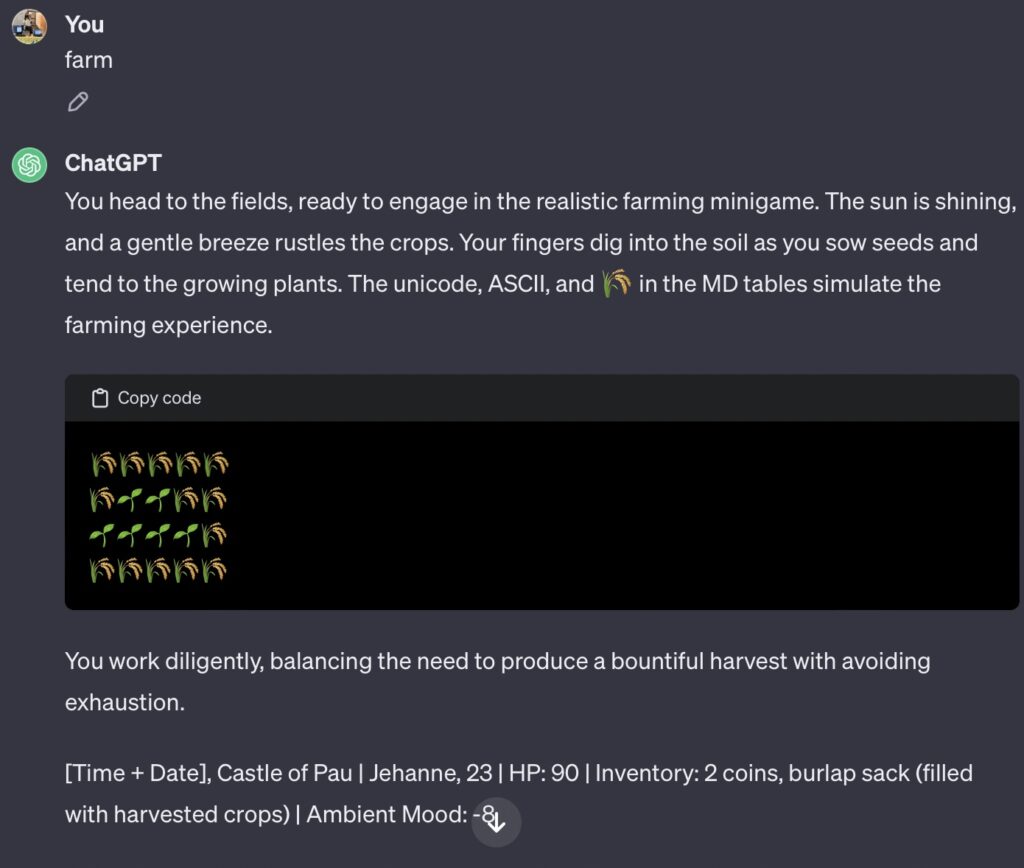
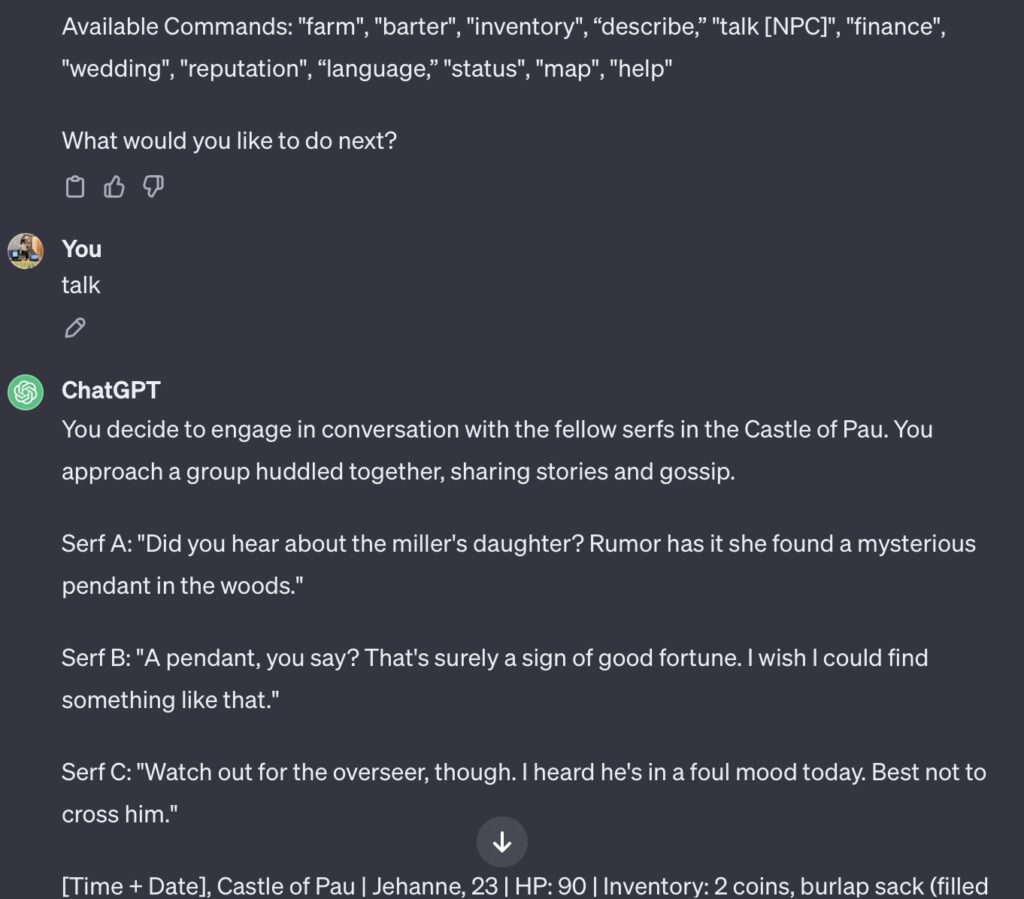
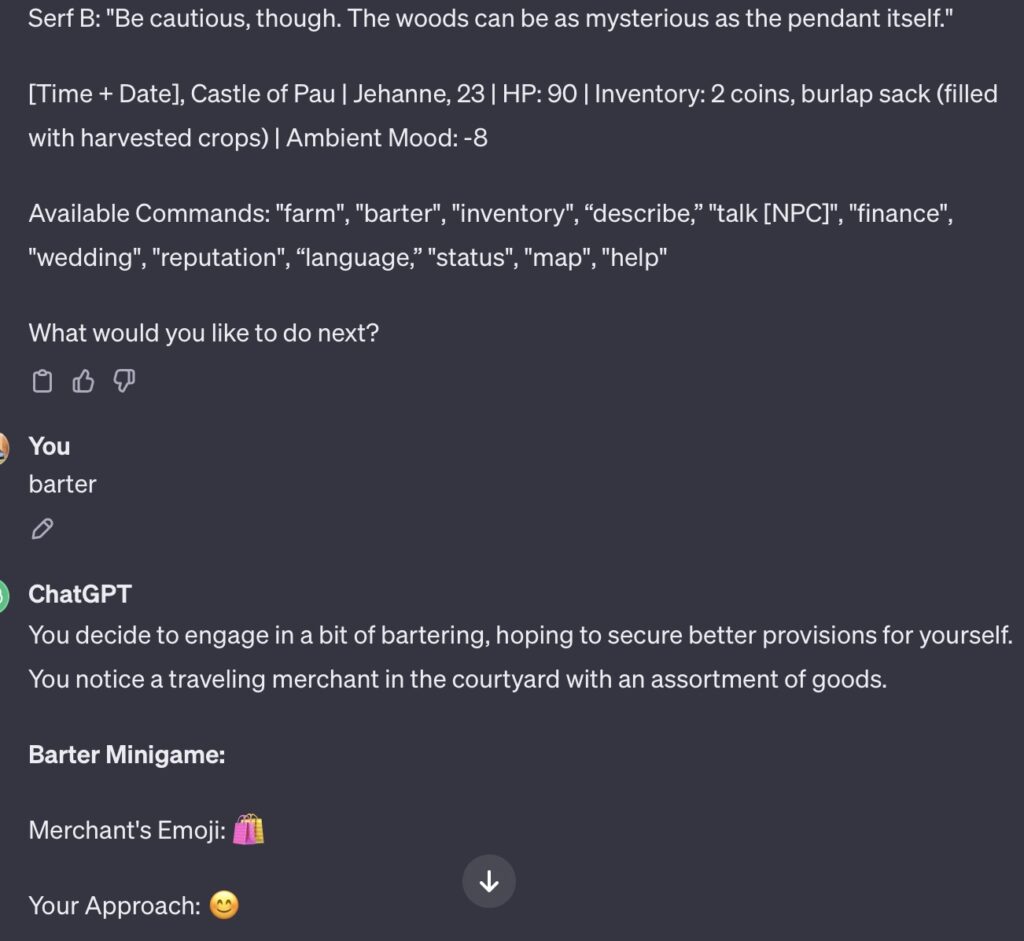
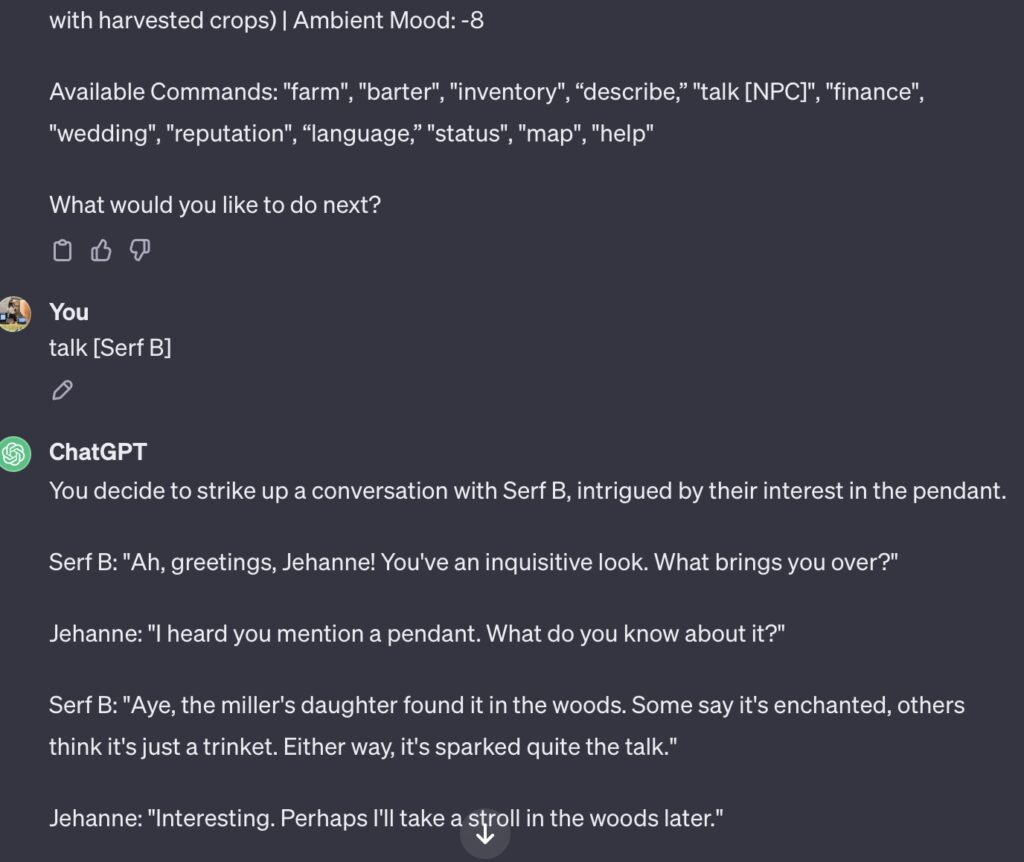
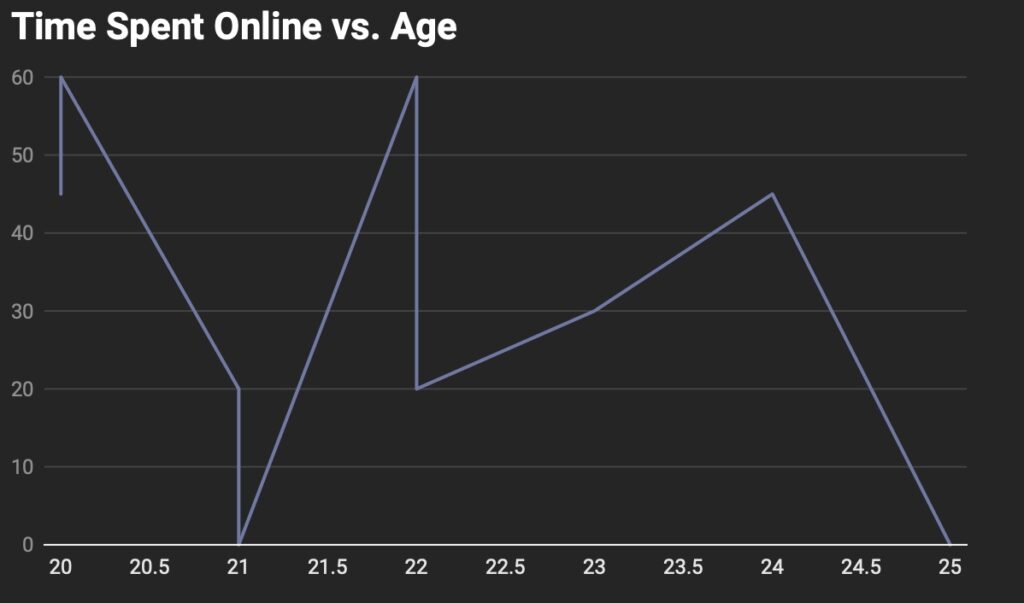
I personally never used a ChatGTP simulator, so its really interesting how you use ChatGTP as a learning tool such as Spanish learning. I take a Spanish class so I think I will be using ChatGTP to help me understand more about Spanish.